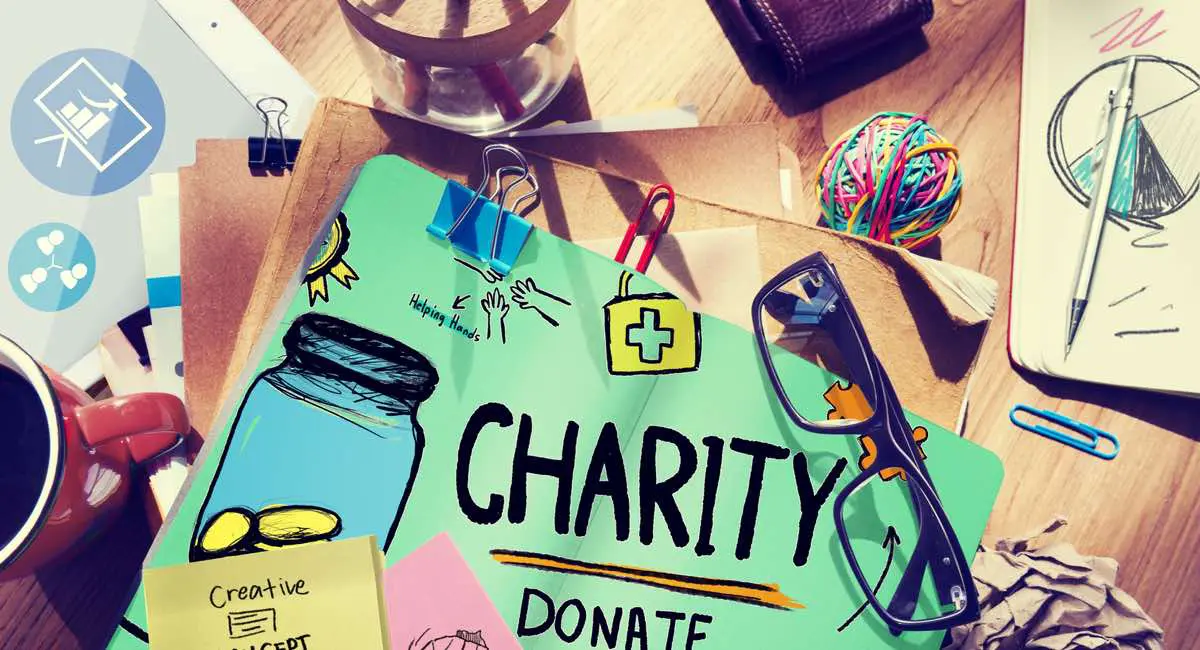Unlike other business users of SMS payments, charities are usually given the full value of the donation. With other business users, the mobile payment provider will charge a transaction fee. Mobile payment providers usually waive this fee for charities to ensure that the charity gets the full benefit of the donation.
Charities are using SMS payments in two ways: raising funds from donors and as a way of reaching beneficiaries with the aid.
Raising Funds
Care International was one of the first charities to use SMS payments as a way of raising charitable donations when in 2004 it raised $200,000 for survivors of the tsunami in India.
The American Red Cross has used SMS payments to raise donations in several campaigns including an impressive $29 million in donations for Haiti in fifteen days. In 2005, the Red Cross raised $400,000 for survivors of Hurricane Katrina.
The British Red Cross has recently launched an opt-in, opt-out text donations service via SMS. The charity sends a text message to donors every month to see if they are willing to donate £3 to the charity. Users can choose not to reply, in which case they will be consenting to the donation or they can text SKIP to skip a month’s payment.
The British Red Cross decided that in a recession it made sense to make it easier for people to give when they could and not to expect people to sign up to donate via Direct Debit as they had in the past.
Many other charities now provide donors with the option of making a donation via SMS payments including: Oxfam, Cancer Research, Unicef, Breast Cancer Care, Macmillan Cancer Support, Women’s Aid, and Sightsavers to name a few.
Providing Relief, Food or Services
The UN World Food Program uses SMS payments to provide an electronic food voucher to refugees. This voucher, worth $30 means that the refugees can buy the food they want with their allocated funds.
Oxfam and Give Directly together uses a combination of both raising funds giving aid. In this scheme the money raised via SMS payments is texted directly to the recipient’s phone, giving them money to spend on things they need. Give Directly uses M-Pesa mobile-phone based money transfer service to transfer up to $500 over two years to poor families in Kenya.
SMS payments are widely used in Kenya, as in most of Africa. Many people in Africa don’t have access to banks, but do have mobile phones and the use of SMS payments to buy things: food, clothing, produce, transportation etc. is normal in Africa.
See also: M-PESA – How Kenya took the lead in mobile money
This way of donating money is, according to Give Directly, more efficient as 90% of the money raised by donations goes straight to the families who need it the most.




